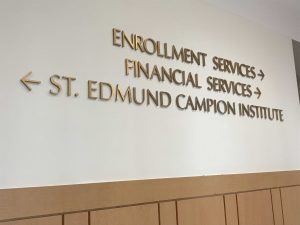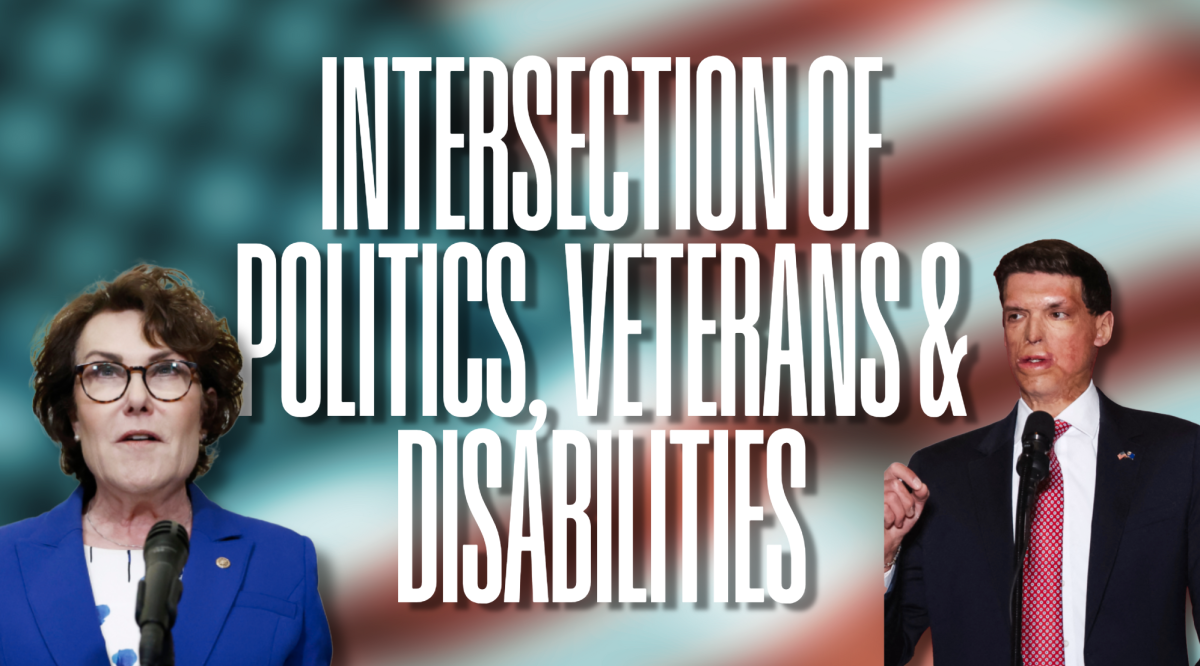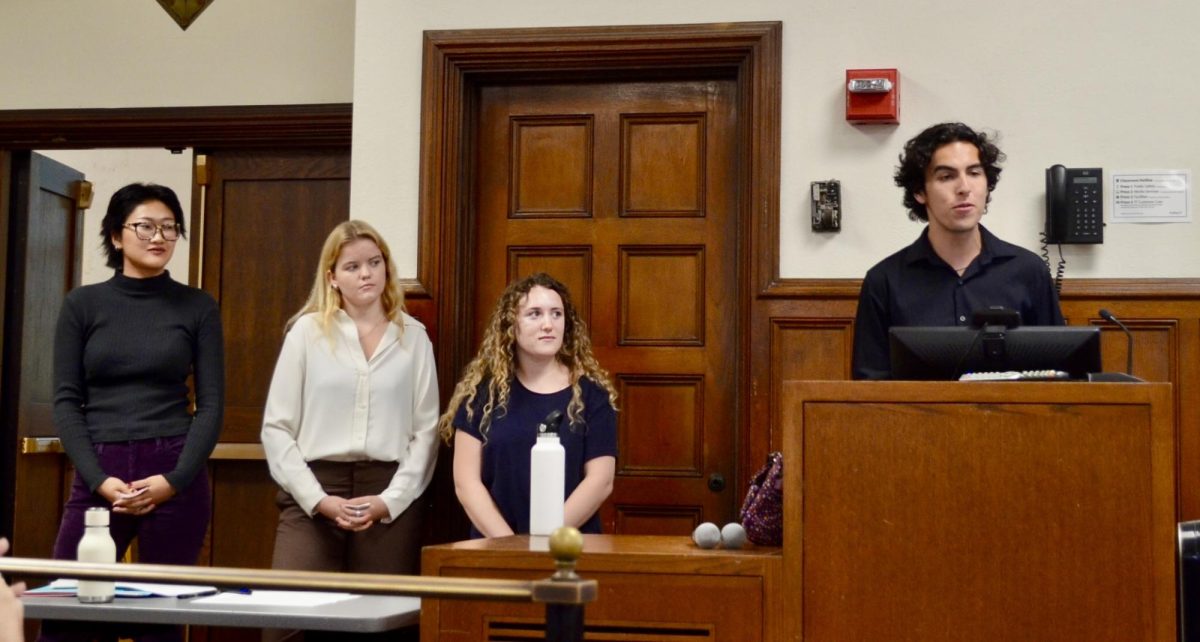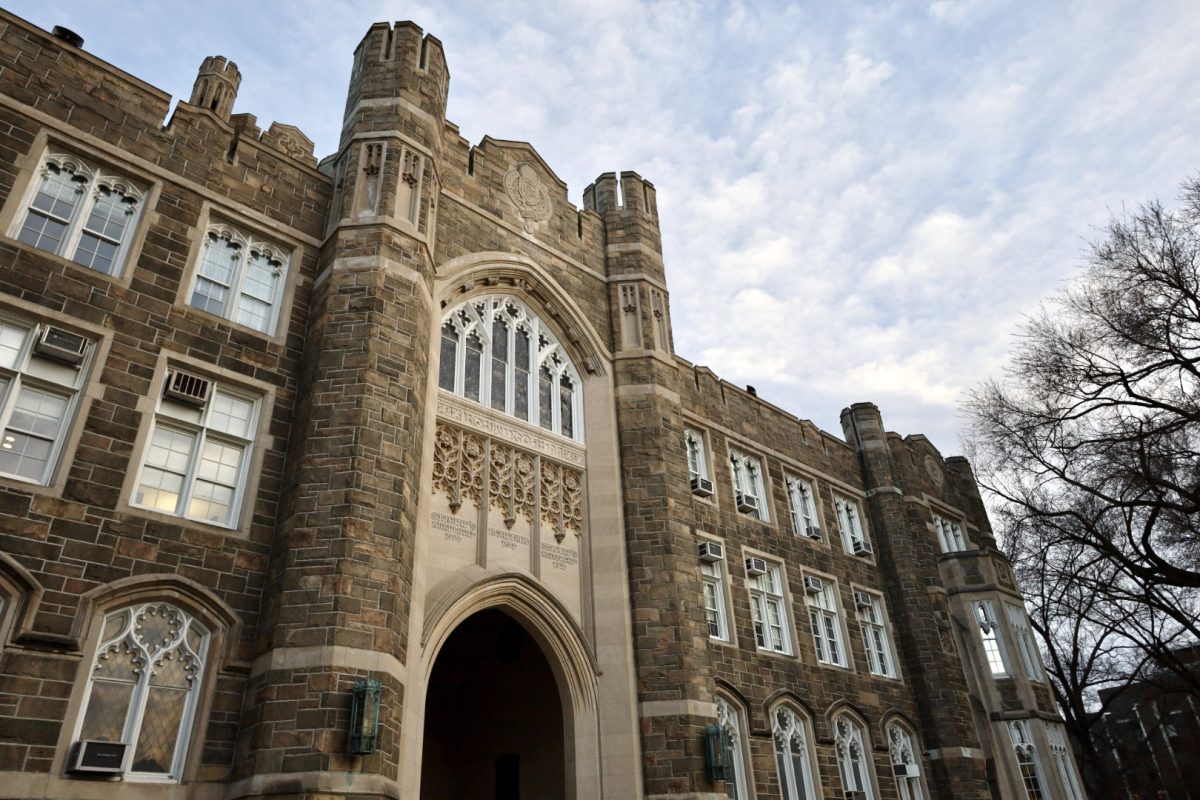By Jasmin Boyce

The Office of Student Financial Services is seeing a trend of decreased borrowing by incoming Fordham students. As Spring enrollment decisions draw closer for prospective students, Fordham provides students and their families with information on how to finance their Fordham education and counsels them to avoid borrowing.
“In the past five or six years there has been a downward trend in borrowing,” said Associate Vice President for Student Financial Services and Director of the Financial Aid office Angela Van Dekker. “Our counseling plan is payment plans first, only borrow if you have to.”
According to data released by Fordham University’s Office of Financial Aid, 13.6 percent of students at the university currently cover their direct charges through utilization of loans.
The low percentage of Fordham students making use of federal and private loans reflects a shift against borrowing in recent years, according to Van Dekker.
She pointed towards the university’s reference guide for financing Fordham and the online financial aid portal as tools implemented to improve the process for students.
“For over 20 years, [The Office of Financial Aid] has been providing students with a sheet that encourages students to compare the various packages provided by other schools,” stated Van Dekker. “We try to be very upfront.”
While this comparison varies school to school, one factor remains constant among the bunch: national trends reveal that students are borrowing less. The National Center for Education Statistics recently released data that shows undergraduate loan borrowing has decreased, while the percentage of students receiving grant funding has increased. The Office of Financial Aid at Fordham has recorded similar trends occurring at the university.
Shelda Zajmi, FCRH ’19, said she was not surprised by the downward trend of borrowing. After seeing her older acquaintances failing to pay their loans back or seeking out programs to help defer or lessen the burden of their loans, she said she thinks incoming students are advised by people in their lives to avoid accumulating debt.
“I think more students are making choices to attend schools where they’re not going to put themselves in debt, because there is this push from educators and people around them who are telling them not to take out loans at all,” said Zajmi.
However, the financial aid process can be challenging, according to the findings of New America, a think tank working with uAspire, a national college access and success nonprofit focused on college affordability.
New America released an evaluation of recent financial aid award letters distributed by universities and colleges across the United States. The data set surveyed 11,334 award letters from 936 colleges across 44 states, representing 6,023 prospective students for the 2016-2017 academic year.
A large percentage of letters featured a precarious structure and lack of transparency when guiding students and their parents through the process of funding their education at the institution, according to New America. Faults included an absence of cost information, discrepancies of remaining costs after receiving aid, misleading terminology and ambiguous aid types.
These errors lead many students into a confusing admissions process, including Zajmi.
“The higher education system doesn’t make the information accessible, and if it does, it’s littered with technical terms no one understands.” Zajmi said. “Financial aid offices are so hard to navigate, because they want you to pick their school.”
To reform the system, the U.S. Senate Committee on Health, Education, Labor and Pensions held a meeting recently to discuss greater financial aid simplification and clarity. In his opening address, Senator Lamar Alexander, committee chairman, discussed the higher implications of taking steps towards financial aid reform.
“Today we’re looking at ways to simplify, and make more effective, federal regulations,” said Alexander. “To make it easier for students to pay for college, to pay back their loans and to reduce red tape so administrators can spend more time and money on students.”












































































































































































































